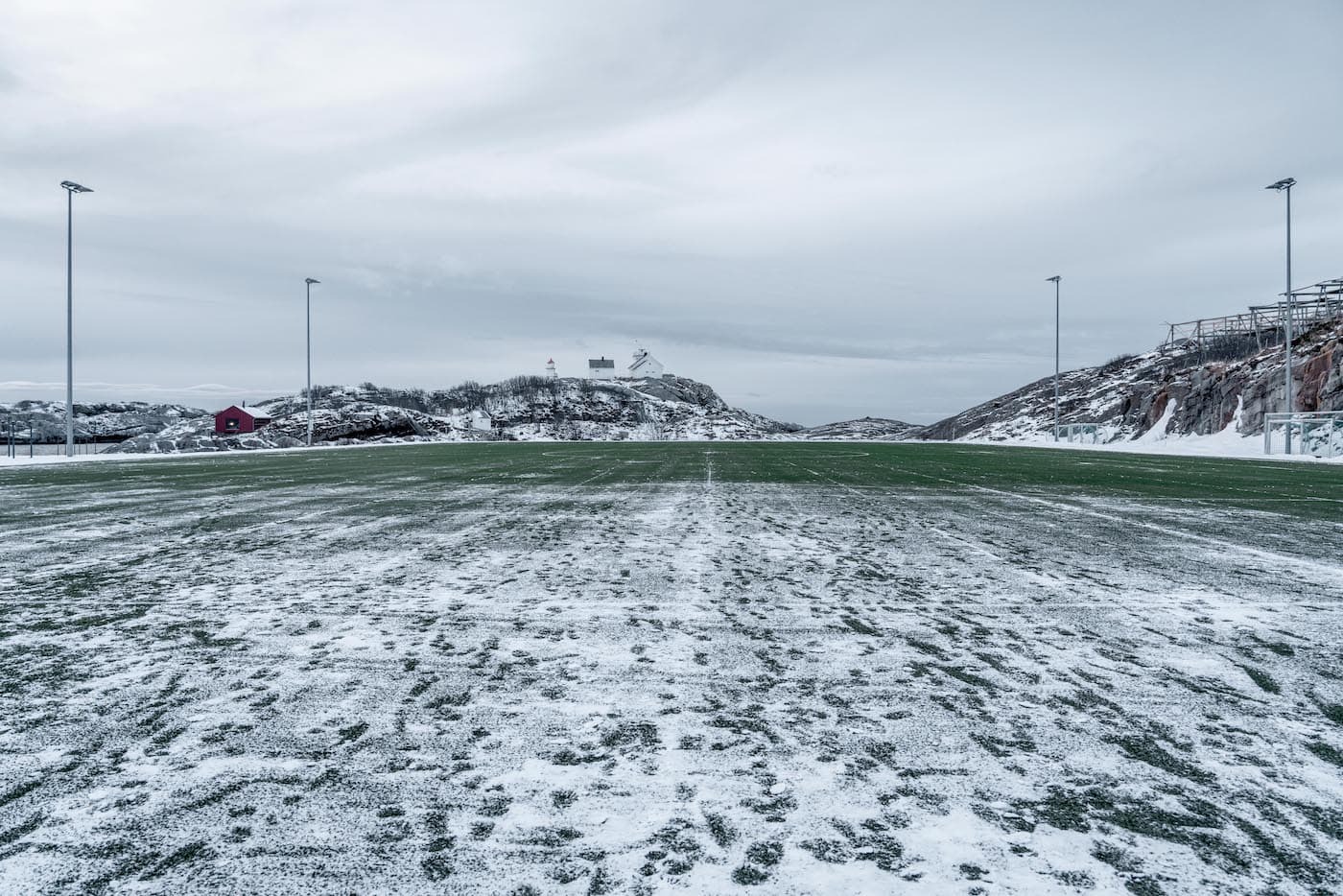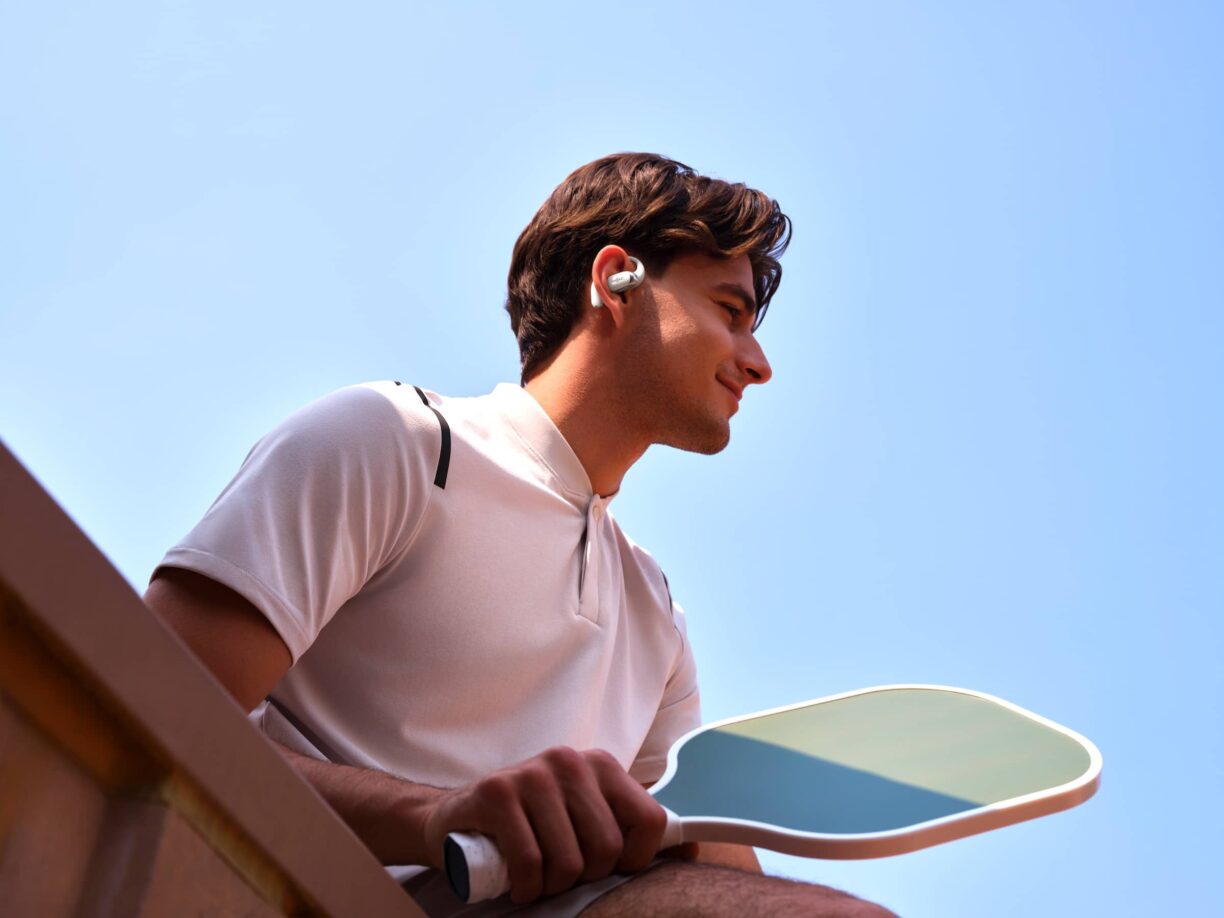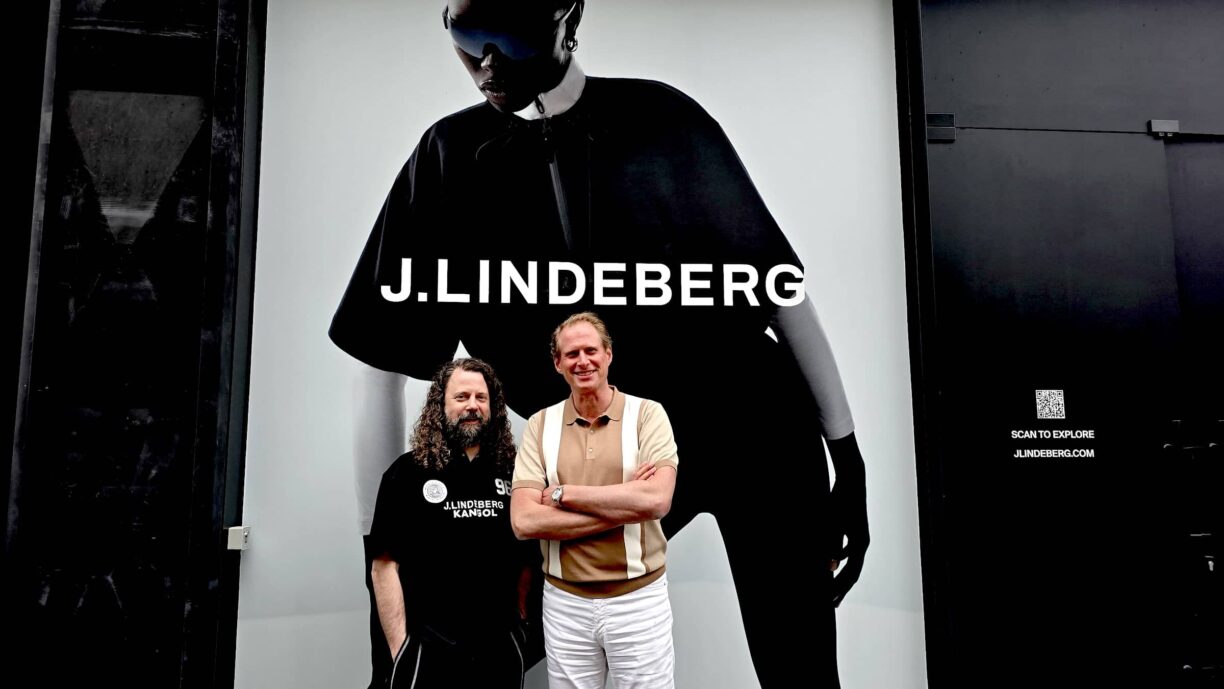In order to excel, Under Armour athletes know that they need to go beyond their comfort zones. Push harder, dig deeper, get … colder?
The science doesn’t lie: training your body to perform in the cold can help make sure you’re never thrown off your game when the heat of competition gets turned up.
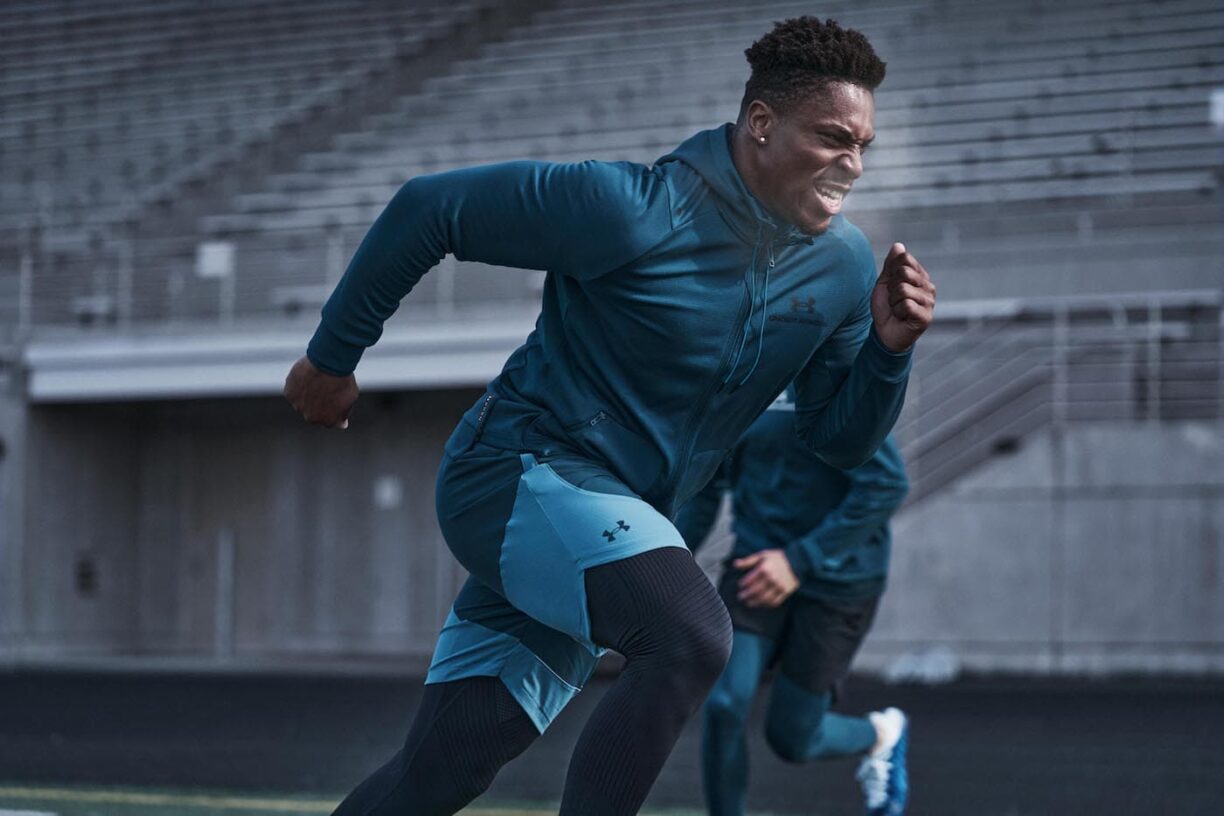
To get an edge, means training even when the mercury drops this winter. Under Armour has long put its finest athletes to the test in extreme conditions to strengthen their physical and mental resilience. Now they want to build a movement.
This winter, we’re inviting athletes everywhere to embrace cold training and stoke a fire that can’t be put out by sleet or snow.
COLD TRAINING: WHY IT WORKS
The idea is to get comfortable being uncomfortable. Cold training shocks the body and forces your mind to focus on pushing through, setting you up for success in the future when faced with stressful or unknown situations. It also delivers physical benefits at various stages of training, improving both performance and recovery:
- During training, the body is stimulated by an acute stressor. Research suggests that this can support mitochondrial biogenesis (adaptation of skeletal muscle), provide the feeling of greater overall energy, and heighten an individual’s fight-or-flight reflex to help make quicker split-second decisions and pivots.
- In recovery, whole body cold therapy reduces inflammation and swelling in muscles by aiding the anti-inflammatory response. This prevents muscle damage and reduces inflammatory markers.
- Long term, training outside in the cold can lead to improvements in circadian function. This supports better quality sleep, an improved immune response, and an increased ability for the body to calm itself following stressors such as strenuous exercise. Over time, it strengthens the autonomic nervous system, helping you move between alert and relaxed states.
The benefits go beyond the body. Training in a cold environment can also improve mental vigor and clarity, as well as promote long-term confidence and resilience.
If you can train the brain to push through cold exercises, it will learn to handle other difficult tasks with greater ease.
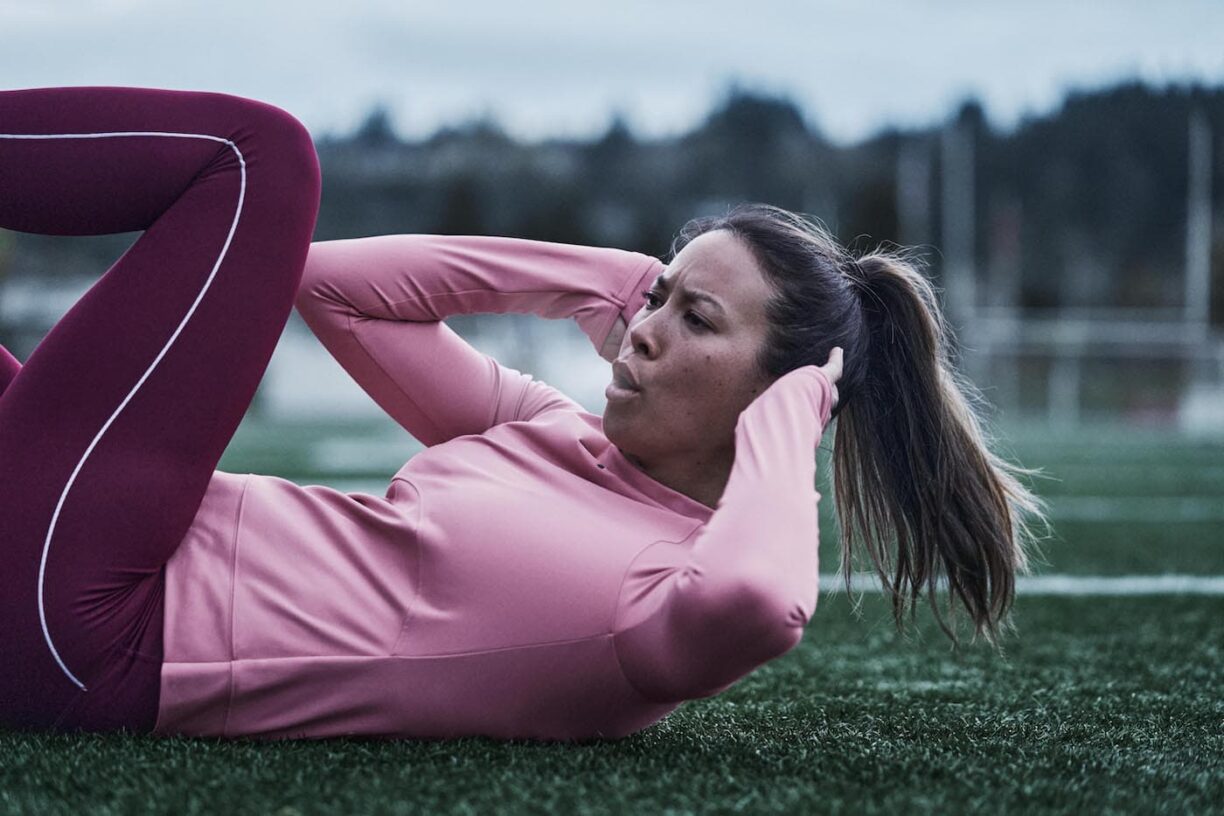
WE PUT COLD TRAINING TO THE TEST WITH UA ATHLETES
For the past eight years, UA’s Human Performance team has trained some of the world’s best athletes to push their mental and physical limits in extreme conditions.
Last April, the team guided a group of professional athletes that included Jonathan Taylor, Cam Newton, Kelly Wolf, Cody Reed, and Alex Aust for a training camp in sub-zero temperatures.
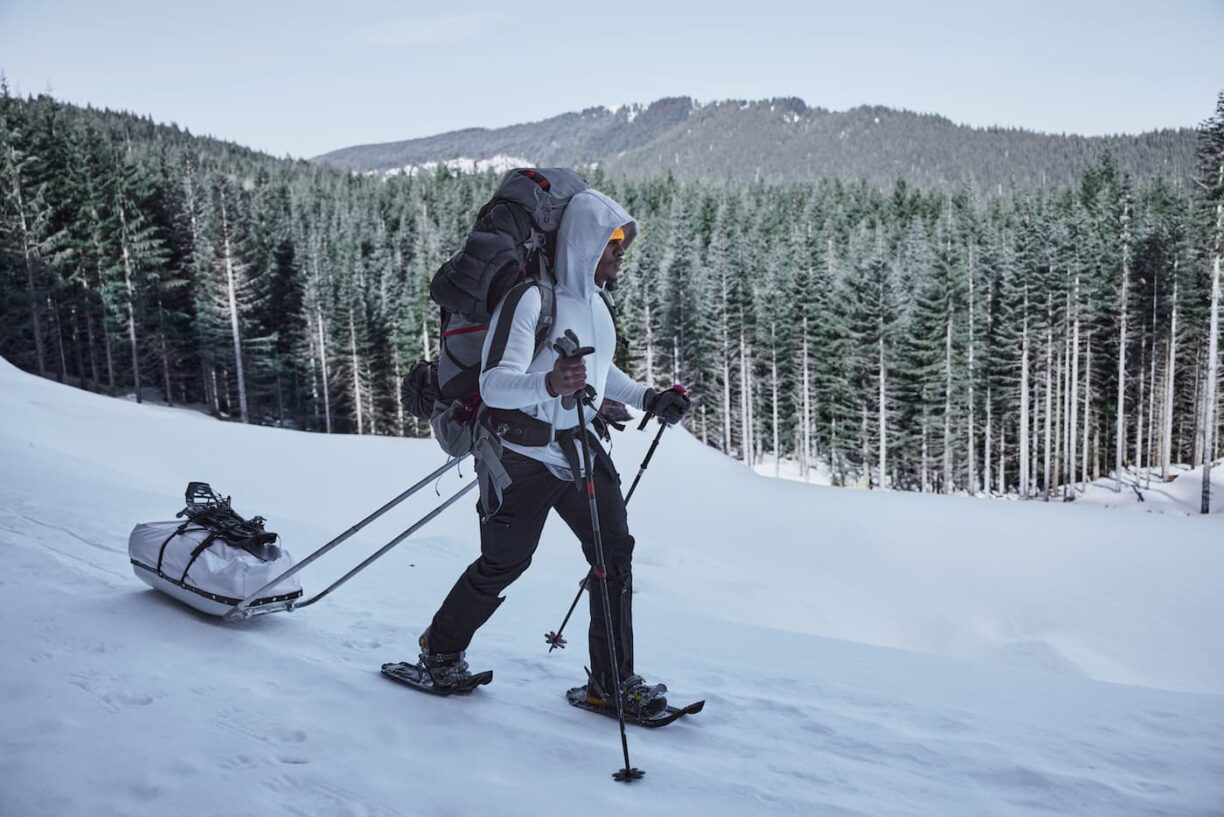
Over the four-day trip in Mount Rainier National Park, the group endured grueling hikes with heavy backpacks, multiple meditation, and cold-temperature breathing exercises, and even built ice caves for shelter.
“These athletes are some of the best in the business, but our Cold Camp was a true physical and mental test,” says Paul Winsper, Under Armour’s VP of Human Performance, Science and Research. “It shows the power of cold training at every skill level. There are always new barriers to overcome.”
Jonathan Taylor played college football in Wisconsin and is no stranger to the frigid cold. But this training was different.
“I was doing exercises that pushed me outside my comfort zone, all in extreme cold temperatures. It not only taught me how to prepare and maintain my body while in a cold environment, but it also reminded me that it’s all about staying mentally tough in any situation, which will come in handy for those overtime and cold-weather games.”
– Jonathan Taylor
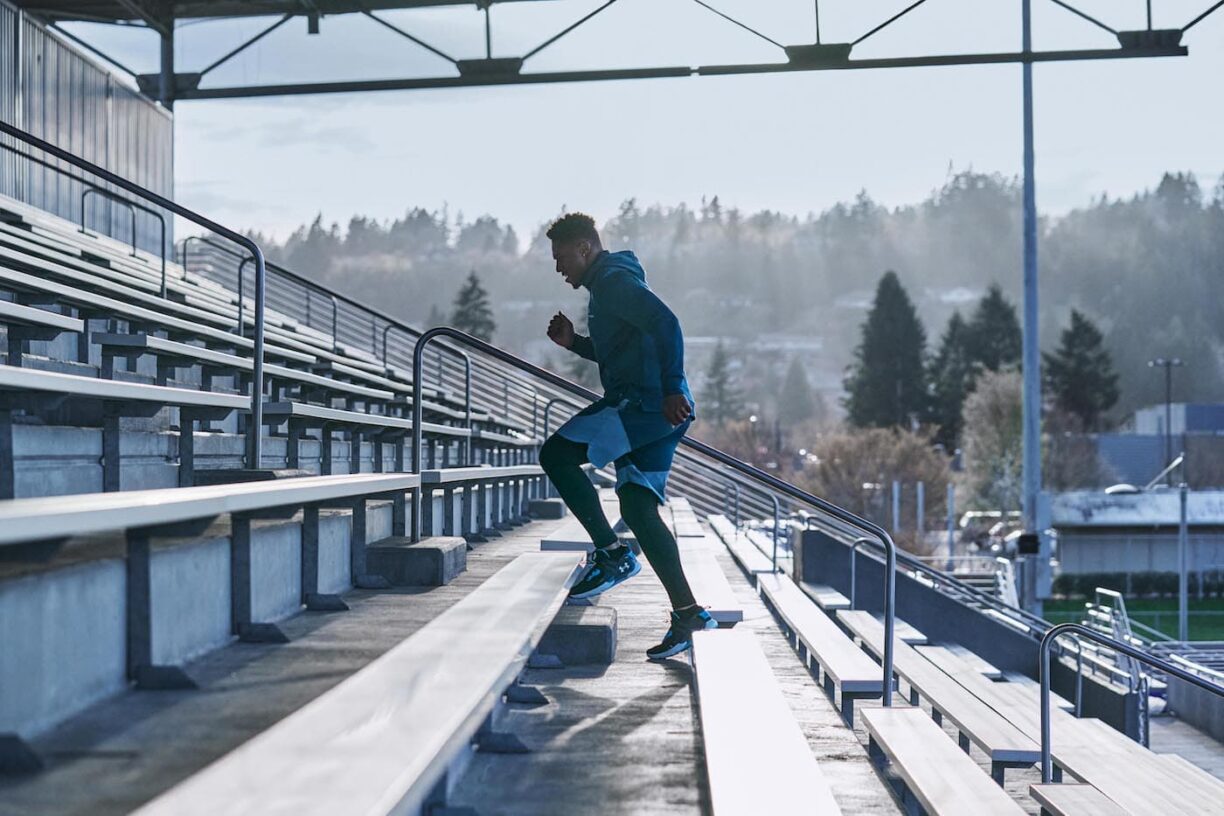
HOW TO PUSH YOUR LIMITS THIS WINTER
Remember: While it’s designed to push you out of your comfort zone, cold training isn’t always about taking things to the extreme—especially right away.
You should always check with your doctor before starting a new training routine, and it’s key to listen to your body as you start any new routine to be sure you aren’t pushing too hard, or too fast, or taking unnecessary risks in the cold temperatures.
From Under Armour’s Human Performance Team, here are three ways to get started:
- Skip the Treadmill: Try braving the outdoors for your next run, rather than being in a temperature-controlled environment indoors.
- Hit the Shower Before Training: Before you work out, spend 30 to 60 seconds in a cold shower, or 20 to 40 seconds in a cold bath.
- Be Smart With Ice Baths: Jumping into an ice bath directly following strength workouts can actually hinder future performance. That’s because it doesn’t allow your body time to innately learn how to calm itself down. Instead, hit an ice bath a couple hours after your workout to allow the natural process that supports the adaptation of muscular growth.
“The cold shouldn’t be an excuse to not go outside or to not do something,” Winsper says. “Winter weather is an opportunity to embrace things outside of your normal comfort zone and create high-performance habits throughout your human performance system that you may not normally have otherwise.”

